Mon 30 Jun 2014 by Philip Woodcock
Carriage of packaged dangerous goods as defined under the International Marine Dangerous Goods (IMDG) code on
windfarm service vessels (WFSVs) has been taking place for as long as small vessels have been servicing offshore
windfarms. Regulations requiring this process to be controlled have been included in MGN 280, Small Vessels in
Commercial Use for Sport or Pleasure, Workboats and Pilot Boats – Alternative Construction Standards or the Workboat
Code as it is colloquially known, since its inception in its current format in 2004.
Some vessel operators will have had their vessels certified, but industry-wide compliance has been poor. That is, until
recently, when the Marine and Coastguard Agency (MCA) in the UK and some windfarm operators started to pay
attention to the enforcement of the rules.
Windfarms could not operate without regular carriage of goods that are considered under the IMDG Code as ‘dangerous
cargo’, such as nitrogen for charging accumulators, oxygen and acetylene for cutting and welding, paint for protecting the
steelwork and fuel for generators.
Despite this, many vessels have never been surveyed and may not have the documentation, training and equipment to
satisfy the rules. This may seem to some as being a dangerous situation requiring immediate attention, but as this has
been going on since the dawn of the industry one should take a reasonable view to resolving this omission.
The actual risk is low, as the Marine Accident Investigation Branch (MAIB) in the UK recently confirmed, having no
incidents on record where carriage of dangerous goods as cargo has been the cause of an incident related to WFSVs.
“How could this have occurred” might be a lament occasionally heard in the industry. One possible cause is that,
currently, this is the only survey for Workboat Code vessels that the Maritime & Coastguard Agency (MCA) does not
delegate to the classification societies or surveying bodies such as the Yacht Designers and Surveyors Association
(YDSA), consultancy and certifying authority MECAL or the Society of Consulting Marine Engineers and Ship
Surveyors (SCMS).
This being the case, the crew of a vessel may never meet an MCA surveyor who might flag up the omission. However, if
the survey body responsible for the certification of a vessel is not looking for this, it is beholden on the owner to
voluntarily apply to the MCA for such a survey. It appears that many charterers were also not aware of the requirement,
and did not apply commercial pressure to owners. Owners and operators of code vessels are generally ‘hands on’
professionals who do not read rules and regulations for pleasure, have generally missed the requirement and the normal
channels for awareness, annual survey or client audit, and have never brought it to their attention.
The guidance for compliance with the regulations is contained at Section 30 of MGN 280 and is somewhat vague when it
comes to exactly how an operator should implement the requirements. Recent experience has also shown that the survey
guidelines are also unclear which may result in inconsistent application across the industry.
The requirements are also inconsistent with the rest of the code with regard to areas such as fire pumps, where section 30
states that there “should be an immediate availability of water from the fire main such as an engine-driven fire pump and,
in addition, from a manual fire pump…” whereas section 15 allows fire pumps to be substituted with fire extinguishers.
This being the case, many vessels that have carried dangerous cargo perfectly safely in the past may suddenly be blocked
if they undergo a dangerous cargo survey.
In addition, there is a requirement for crew to undergo training, but no guidance is given on what that training should
consist of, who can deliver it and what standard of proof of attendance is required.
Many operators are providing guidance material on board on how to read the IMDG Code, what the risks are and where
to store the cargo, and hoping that this practical interpretation will satisfy the regulation.
Vessel operators and their clients should work together to bring this requirement into force. In the UK, survey, equipment
and documentation will cost at least one thousand pounds, a cost that will increase greatly if the vessel is outside the UK
as an MCA surveyor will need to be brought in from the UK.
As this certification has been ignored by the industry as a whole, the vessel operator alone cannot be expected to bear
these costs. OWJ
*Philip Woodcock is operations manager/ QHSE/marine manager at Workships Contractors in the Netherlands



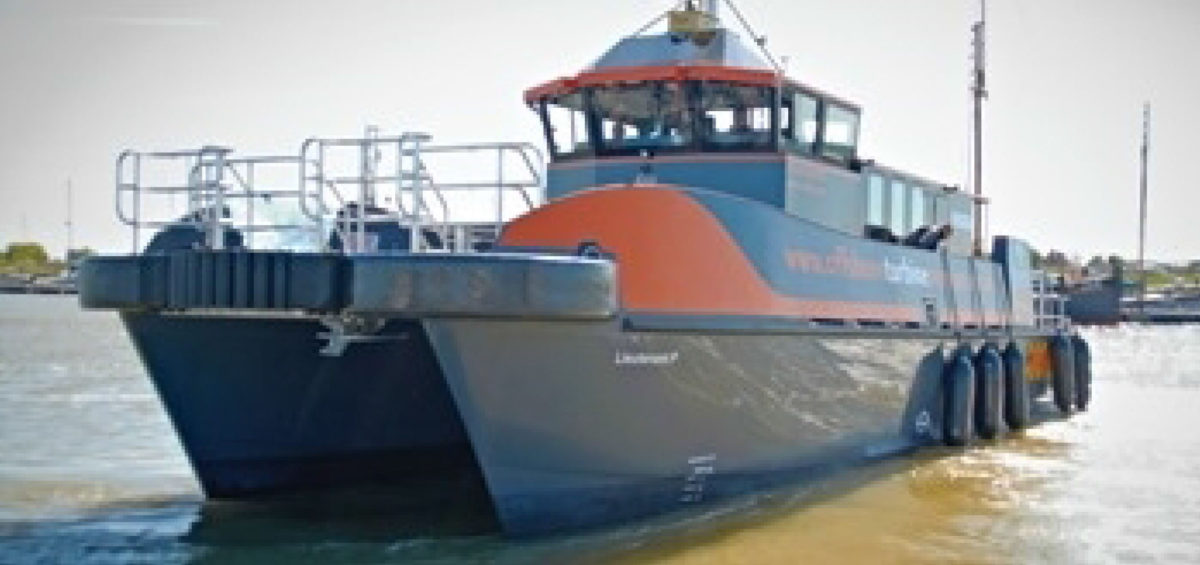
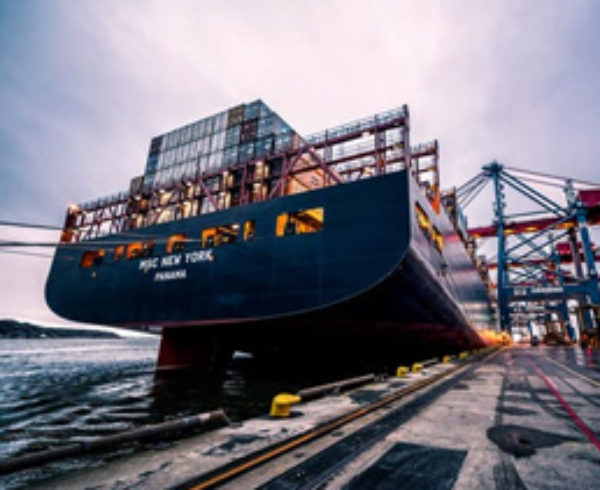
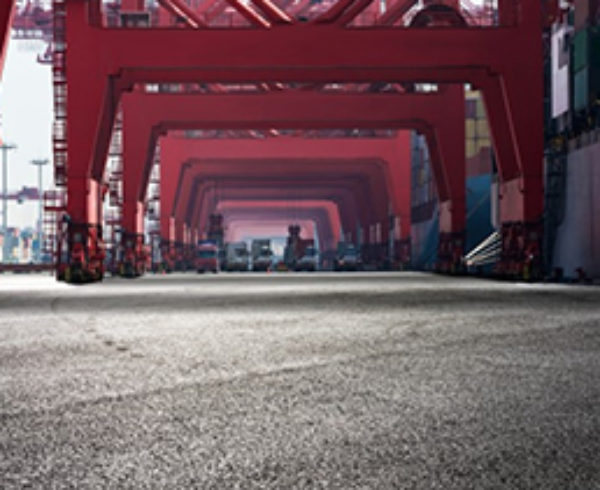
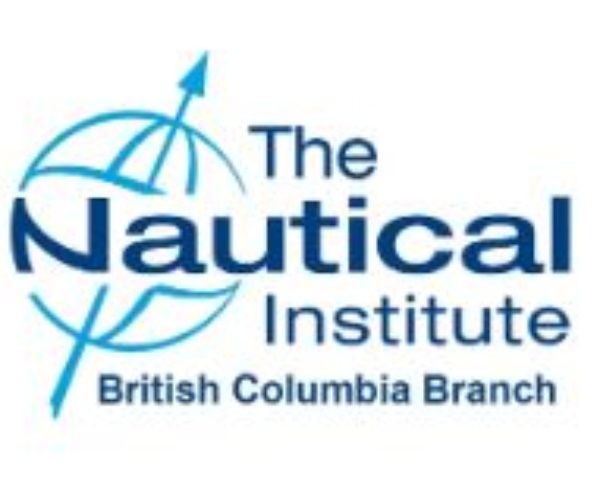
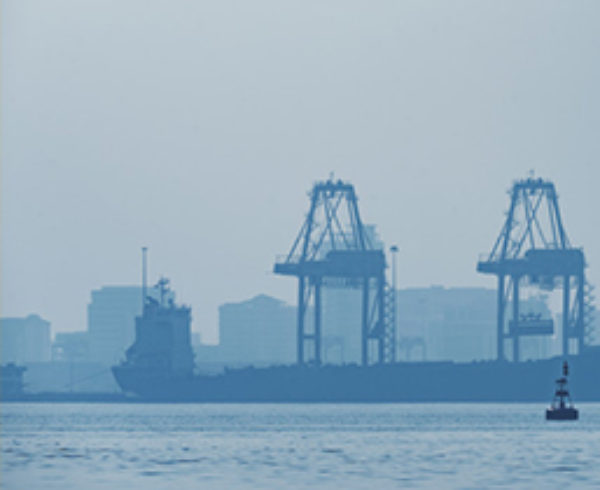

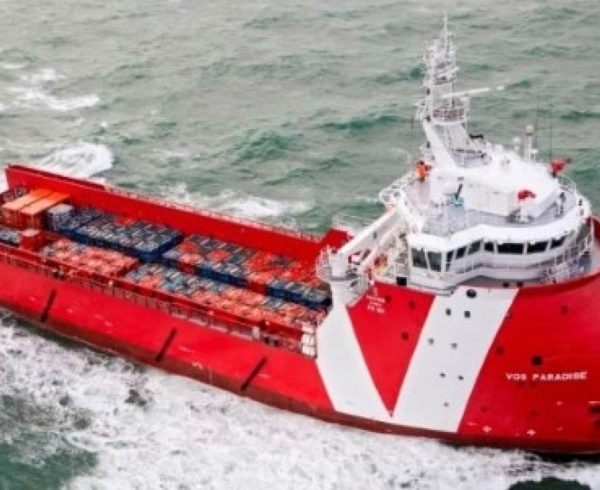
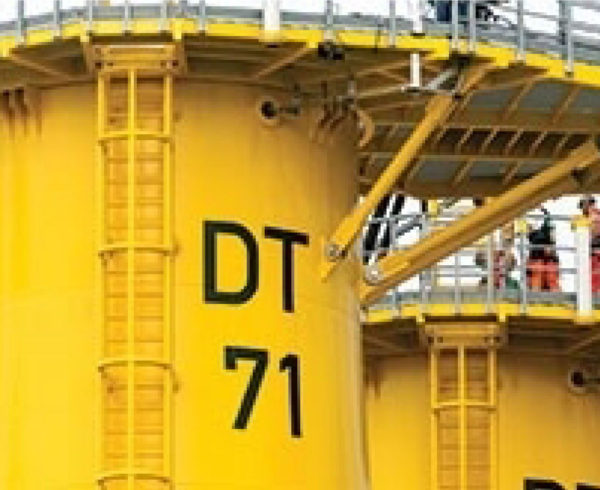


Leave a Comment